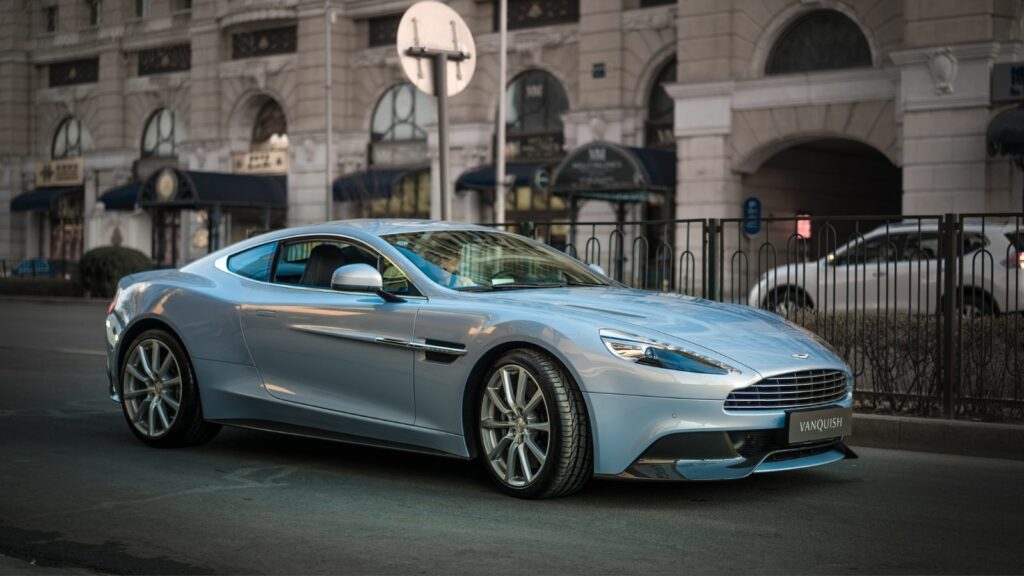A truly great engine is remembered not only for its power but also for the way it sounds. Horsepower figures and torque curves are impressive, but nothing stirs the soul like the howl of a high revving V12 or the thunderous bark of a big bore V8. Sound is emotion, and some engines transcend mechanical purpose to become musical instruments. These are the sixteen engines that defined what a performance car should sound like, each remembered as much for its voice as for its performance.
Ferrari 250 GTO V12
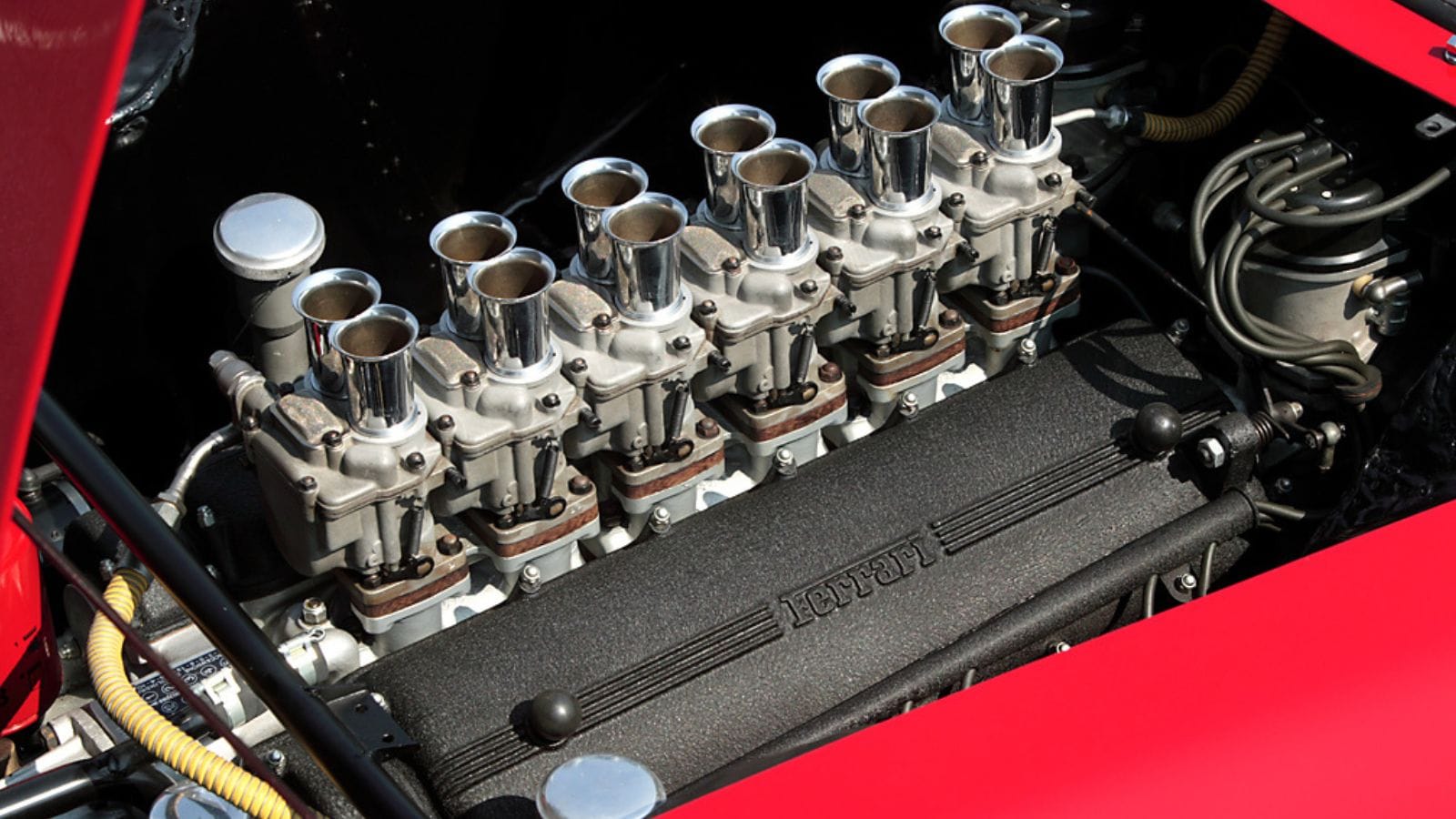
The Ferrari 250 GTO’s Colombo designed 3.0 liter V12 has long been considered one of the most beautiful sounds ever created by man and machine. Its firing order gave it a high pitched, spine tingling shriek that built with perfect linearity as the revs climbed. At full throttle, it sounded like a symphony being conducted under the hood. Racers in the 1960s described the way it echoed across circuits as something almost supernatural. In North America, collectors now pay over fifty million dollars for these cars, and while the value is staggering, many will tell you that the sound alone is priceless.
Lamborghini Miura V12
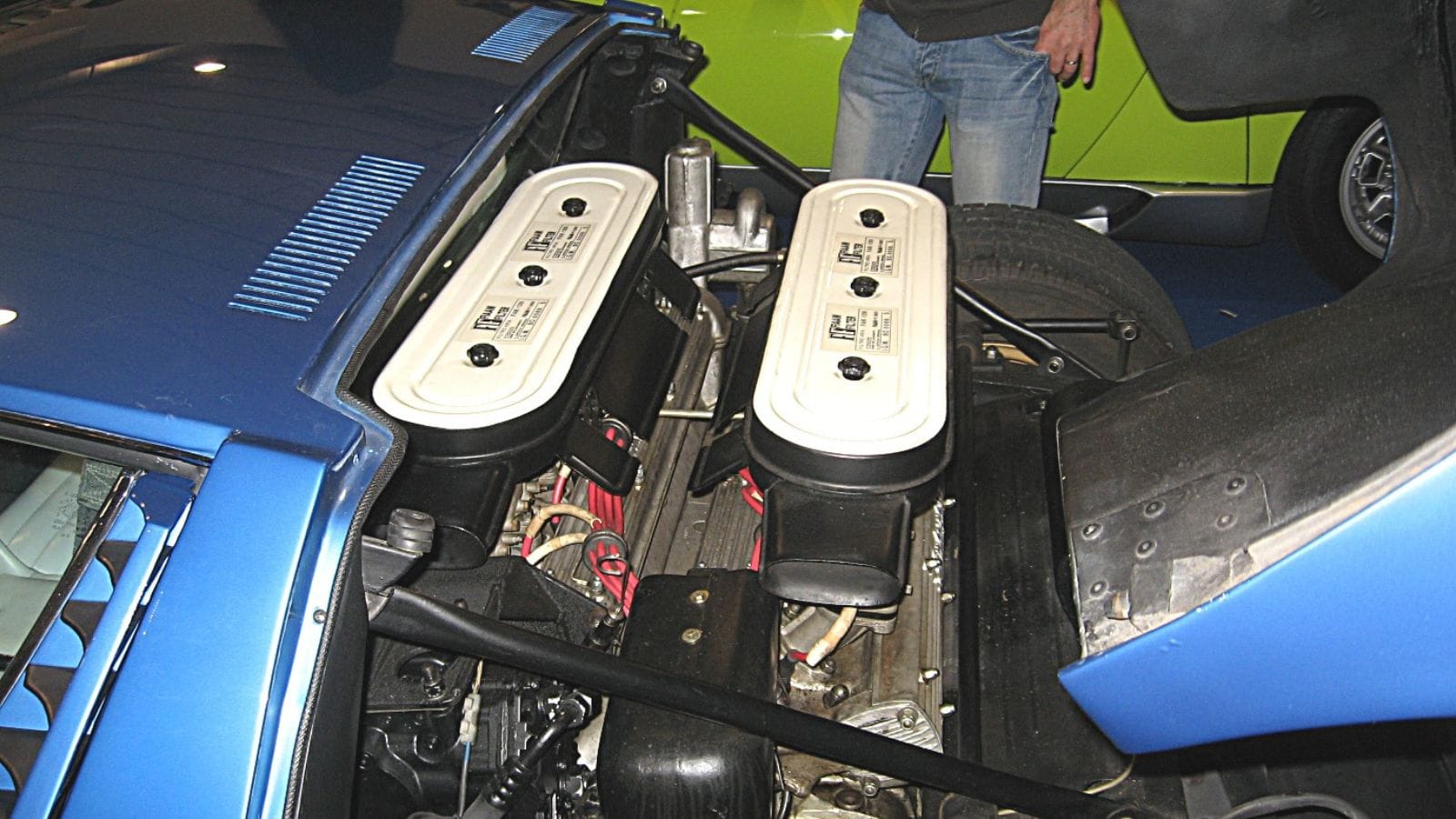
The Lamborghini Miura stunned the world in 1966 as the first true supercar, and part of its magic was the sound of its 3.9 liter V12 mounted directly behind the driver. It wasn’t just noise—it was a metallic, rising wail that seemed to claw its way toward the heavens. Because of its transverse mounting and carbureted setup, the intake and exhaust notes overlapped in a way that made it sound otherworldly. Journalists of the time often called it operatic, and it remains one of the most exotic soundtracks in history.
Jaguar E Type Inline Six
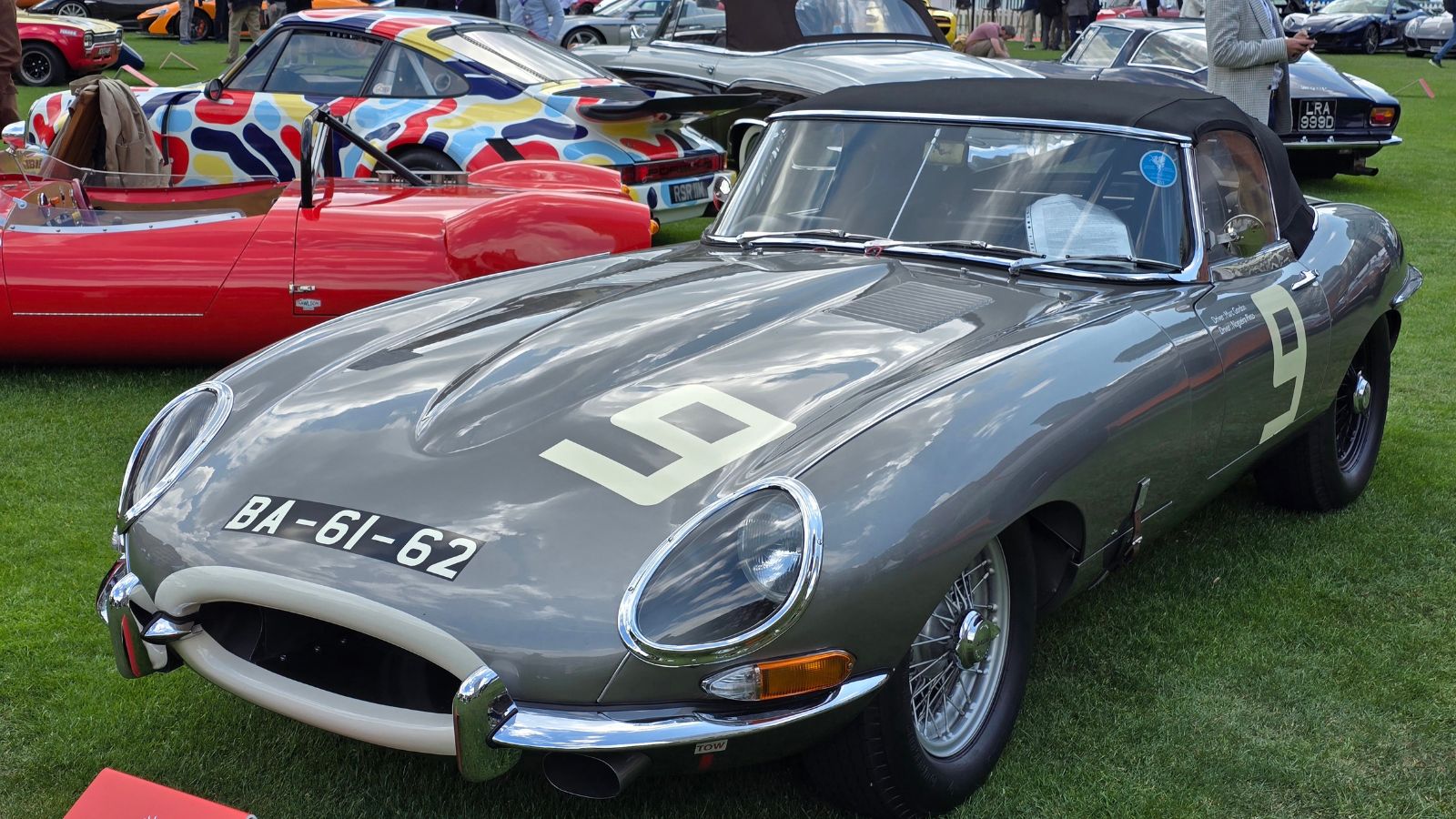
While many think of shrieking V12s as the ultimate, the Jaguar E Type’s straight six proved that a deep, mechanical growl could be just as seductive. With triple carburetors and a long stroke design, it produced a raspy, almost feral snarl that grew louder as the revs climbed. On British country roads, the sound bouncing off hedgerows was as romantic as the car’s iconic curves. Enthusiasts in the United States often fell in love with the E Type first by sight and second by the noise it made under acceleration.
Porsche 911 Flat Six Air Cooled
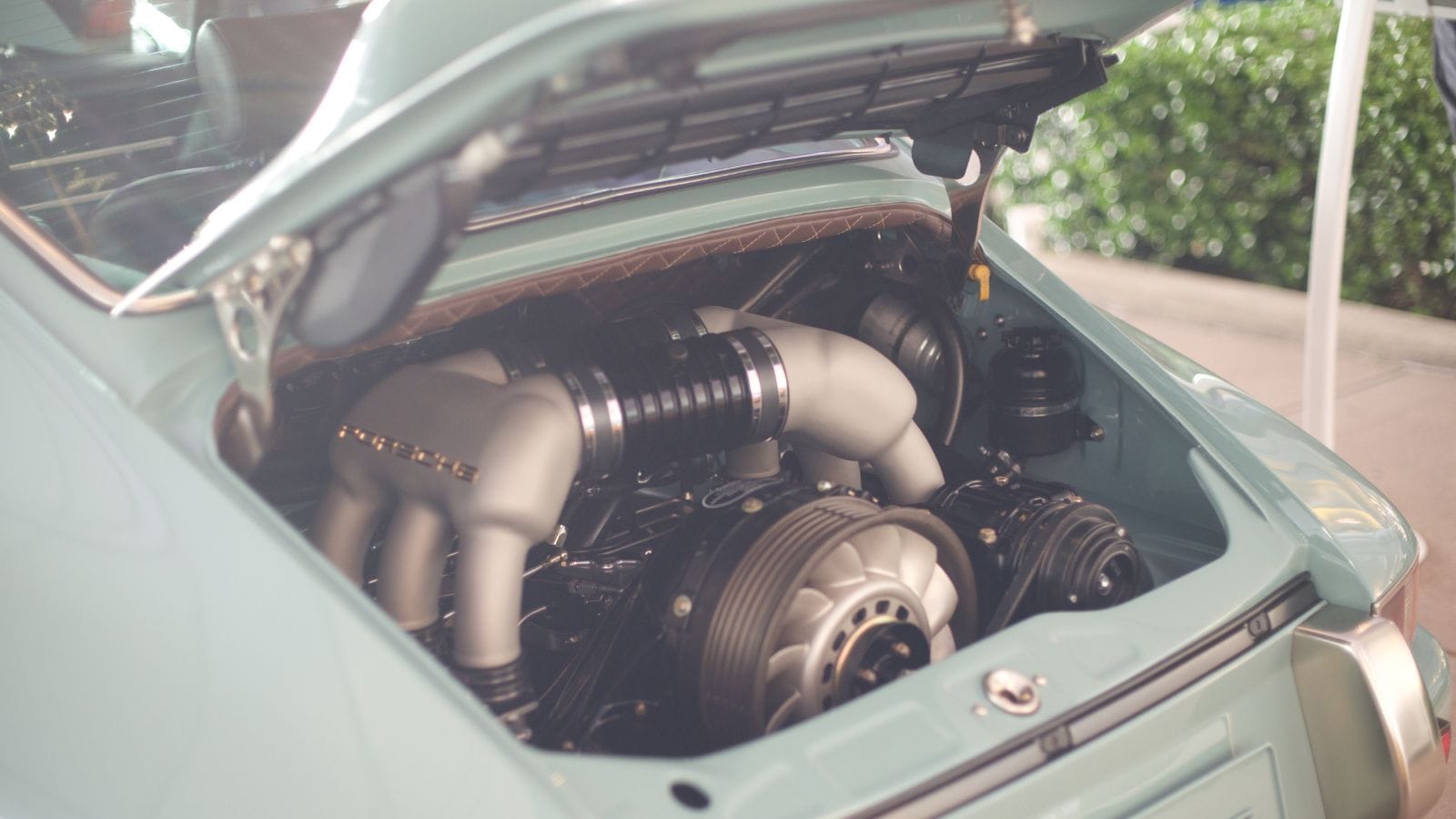
Porsche’s flat six remains one of the most instantly recognizable noises in the automotive world. Early 911s had a raspy bark that grew sharper with revs, while later RS and RSR models screamed like racing prototypes. The unique firing order and fan driven cooling gave it a mechanical whine to accompany the exhaust note. Enthusiasts describe the sound as raw, alive, and mechanical in a way that no modern engine has matched. For decades across North America, Porsche track days became just as much about the chorus of flat sixes as the racing itself.
Ford Mustang Boss 429 V8
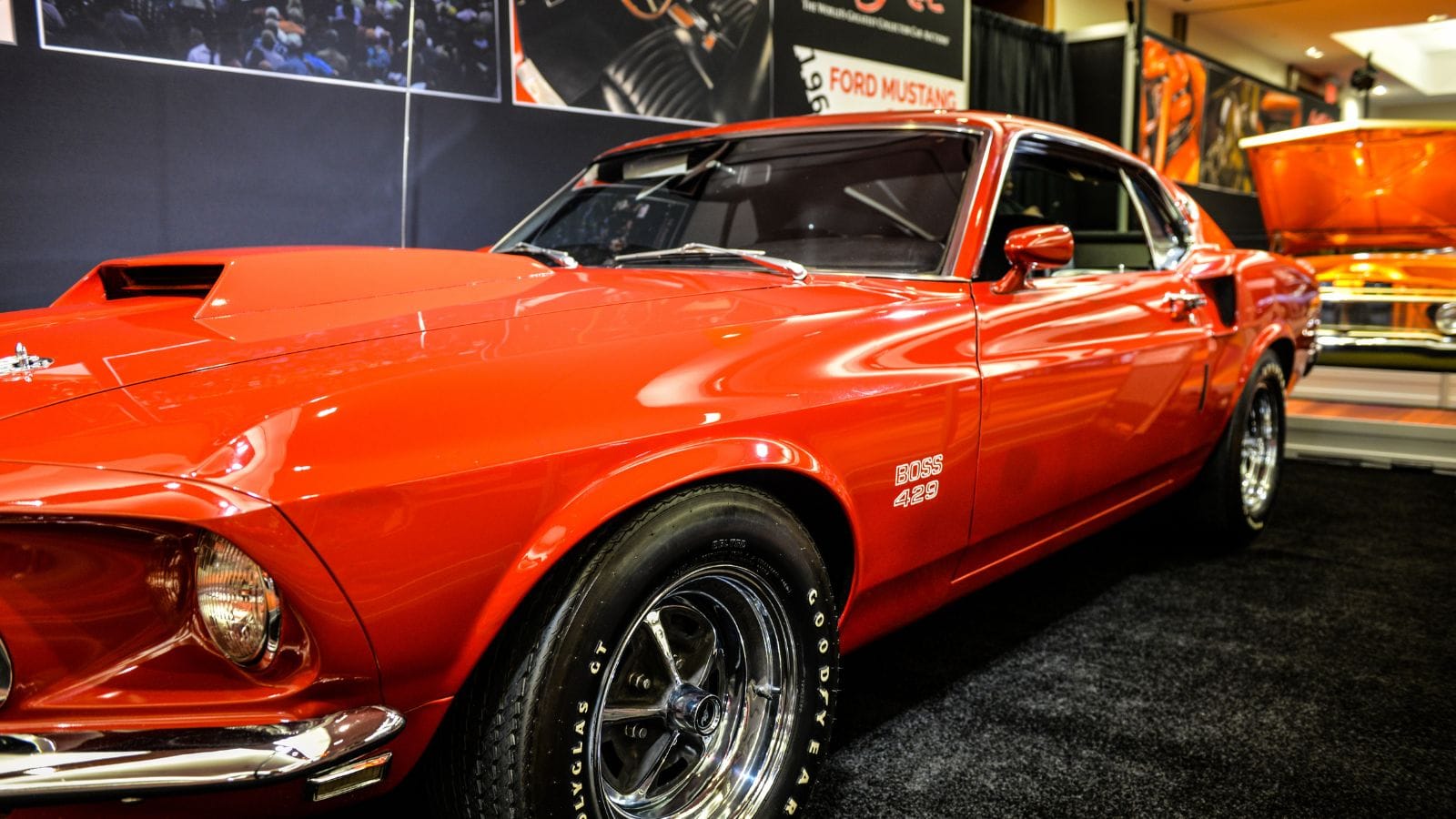
The Boss 429 was born for NASCAR and sounded like it from the moment it fired. At idle it had a menacing, uneven rumble that vibrated through the ground, and when pushed hard it released a deep, thunderous growl that could be heard streets away. The huge bore and long stroke gave it a low frequency punch, while its unique semi hemispherical heads gave the exhaust note a hard edged tone. In the muscle car wars of the late 1960s, the Boss 429 didn’t just perform, it intimidated with its voice.
Chevrolet Corvette LT1 Small Block V8
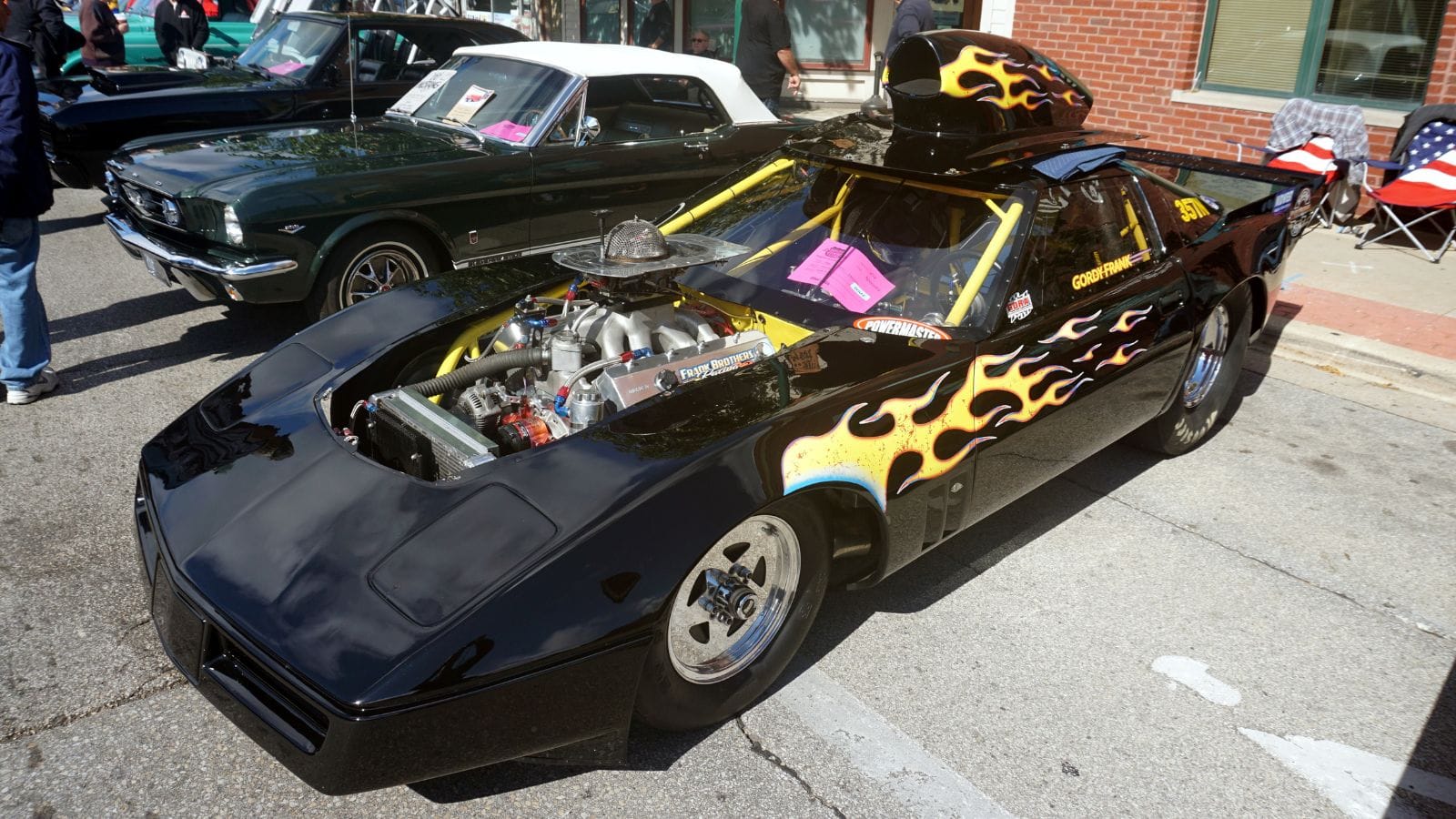
The early 1970s Corvette LT1 showcased the small block Chevy at its most ferocious. With a high compression ratio and free flowing exhaust, it roared with a raw, guttural tone that perfectly captured the American muscle car era. At wide open throttle it produced a throaty bellow that was unrefined yet glorious. Drag strips across the U.S. echoed with this noise, and many still consider it the defining sound of American horsepower.
Aston Martin Vanquish V12
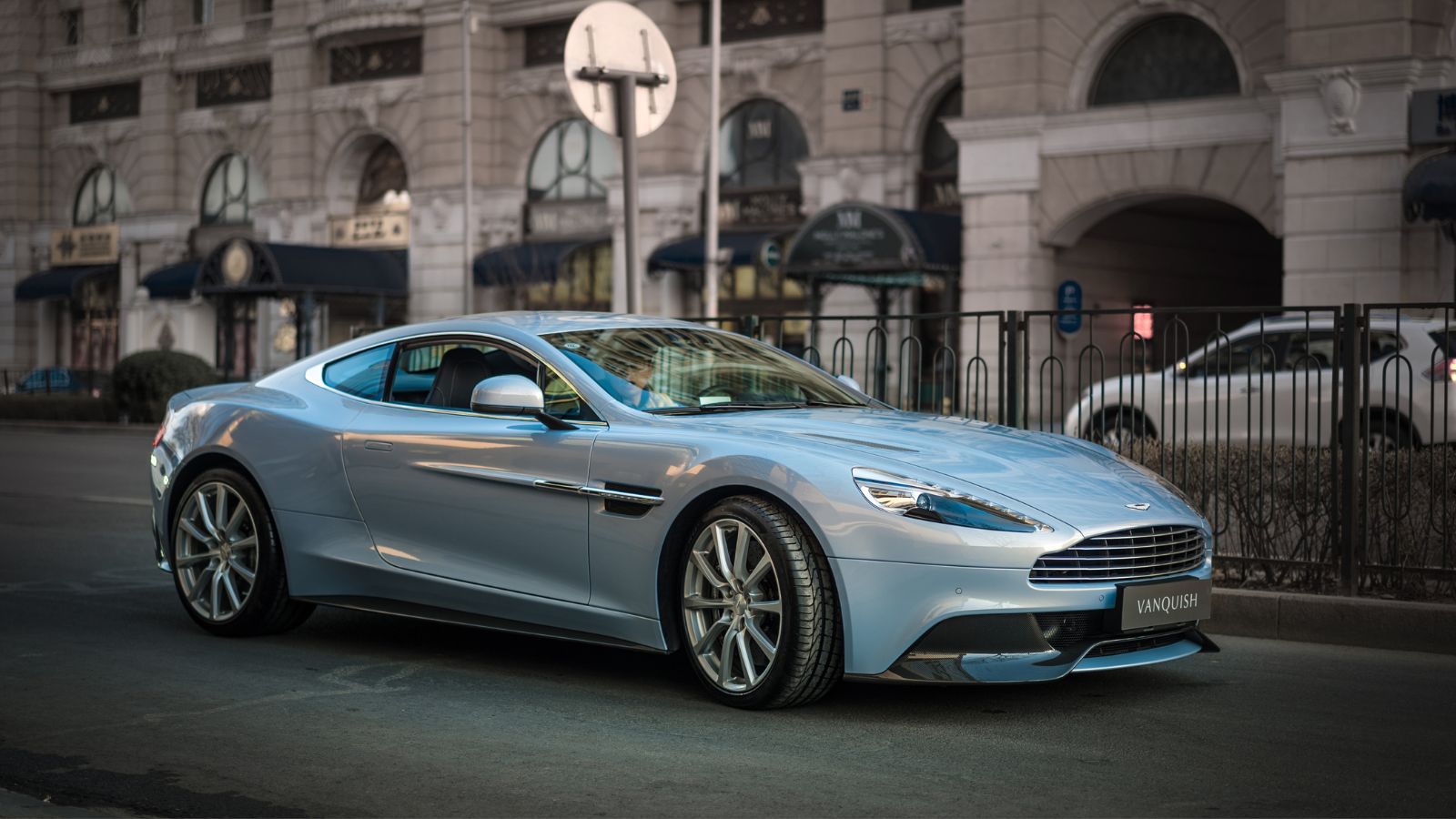
Aston Martin’s naturally aspirated V12, first introduced in the Vanquish, combined elegance and savagery. At low revs it had a cultured, deep rumble, but as the tachometer swept toward the redline, it unleashed a metallic howl that rivaled Ferrari’s best. It was a dual personality engine, equally at home purring through city streets or shrieking across a track. Owners often said it made every drive an event, even at modest speeds, simply because of the way it sang.
Lexus LFA V10
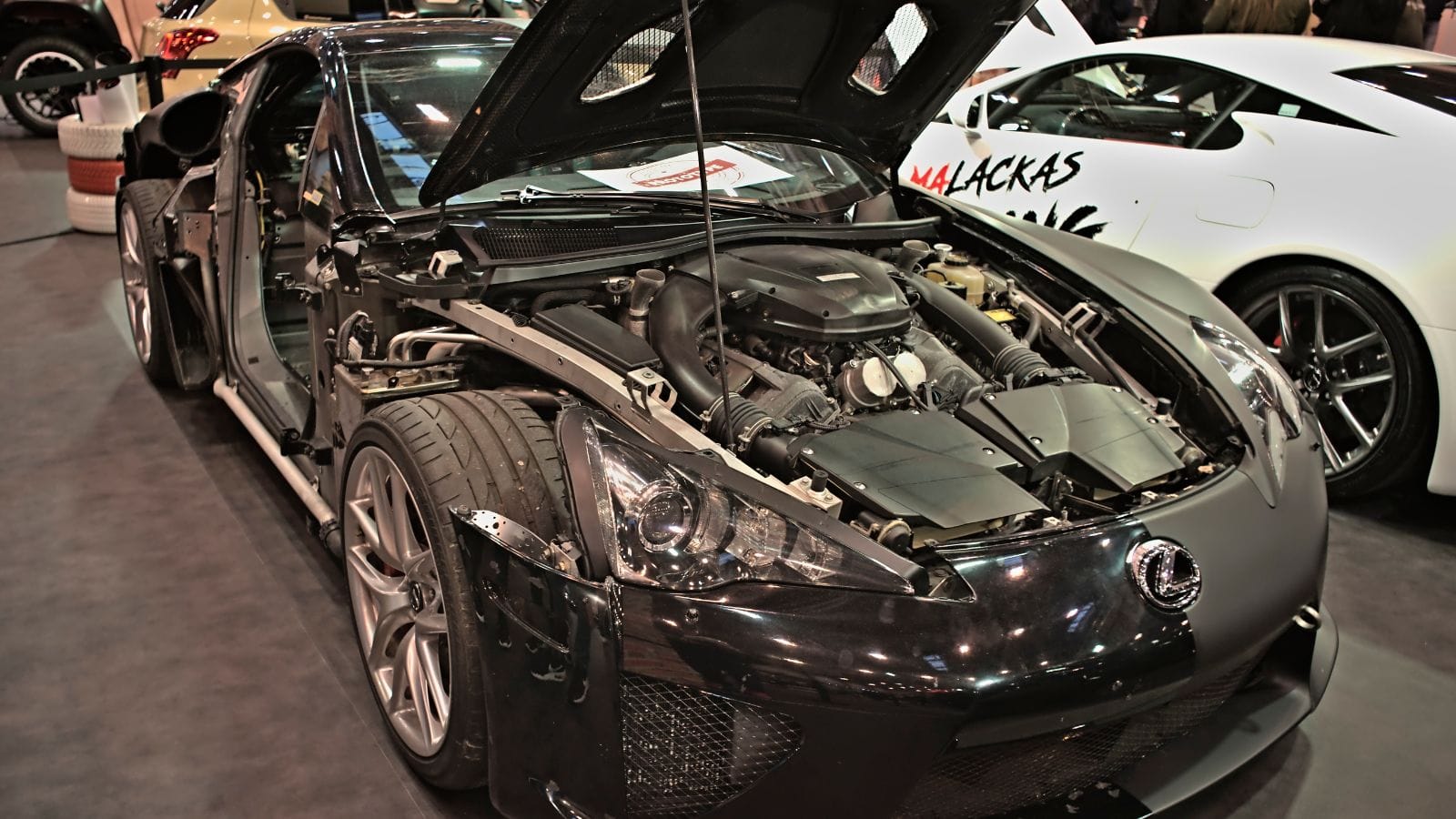
The Lexus LFA’s 4.8 liter V10 is widely regarded as one of the greatest sounding engines of all time. Tuned with the help of Yamaha’s acoustic engineers, it produced a piercing Formula One style scream as it climbed past nine thousand rpm. The sound was so carefully engineered that the intake roar, exhaust note, and even mechanical resonance blended into a symphony of controlled fury. In North America, enthusiasts who have heard an LFA at full throttle describe it as life changing, a sound so pure it transcends mere performance.
BMW S54 Inline Six

The S54 inline six in the E46 M3 remains one of BMW’s masterpieces. With individual throttle bodies and a sky high redline, it delivered a metallic snarl that built into a spine tingling wail. Its naturally aspirated character meant that every rev was crisp and linear, giving the driver the sense of mechanical perfection. On mountain roads and racetracks alike, it sounded sharper and angrier than its displacement would suggest, proving that inline sixes could be every bit as dramatic as larger engines.
Mercedes AMG 6.2 V8
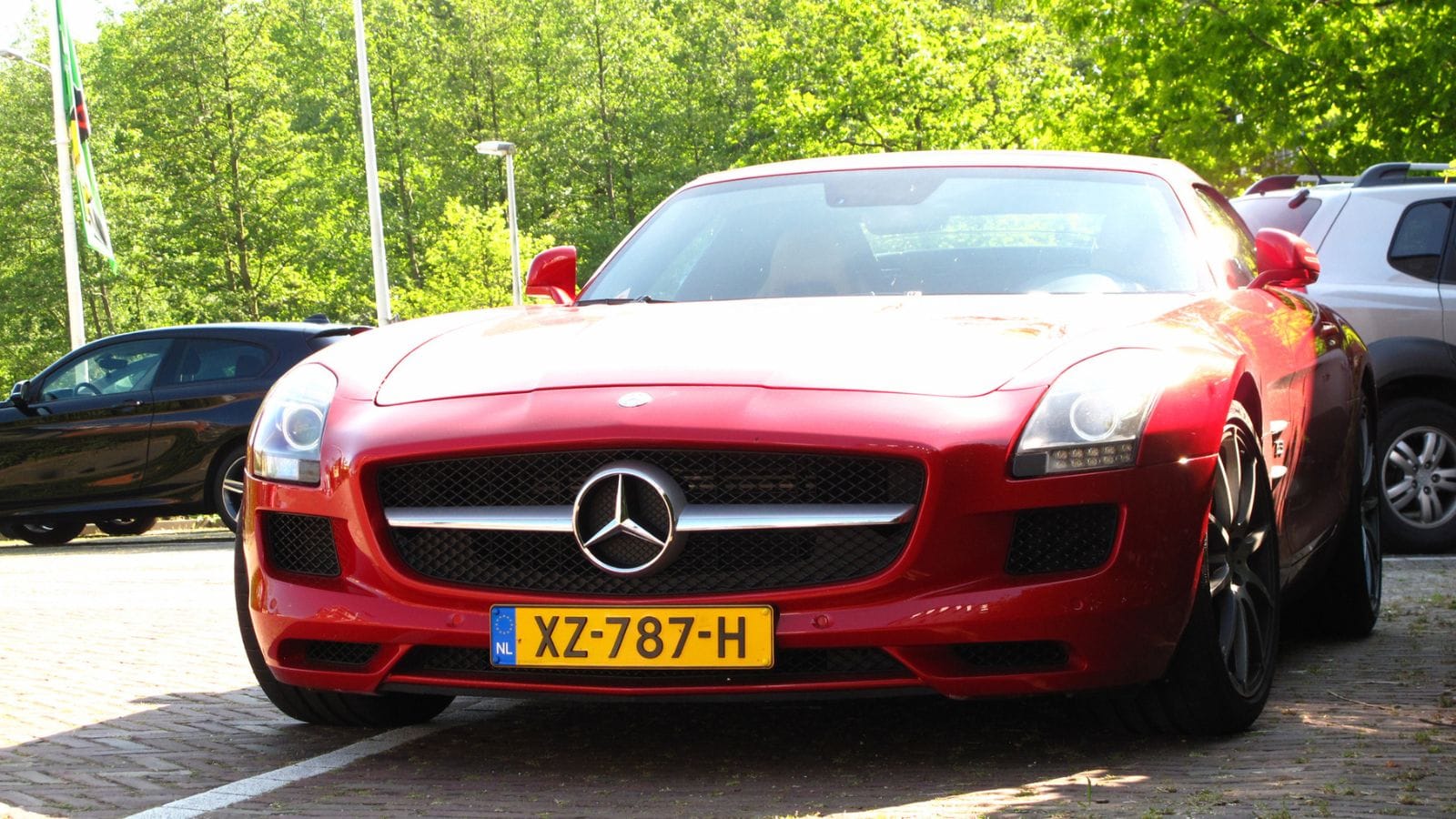
When AMG built its naturally aspirated 6.2 liter V8, it created one of the most brutal yet refined sounds in the modern era. At idle it had a deep, muscular rumble that hinted at its potential, and when unleashed it roared like a thunderstorm. The engine’s oversquare design and high revving nature gave it a unique voice that enthusiasts adored. AMG cars equipped with this engine, such as the C63, became instant legends in North America not just for their speed but for the way they announced their arrival.
Dodge Challenger HEMI V8
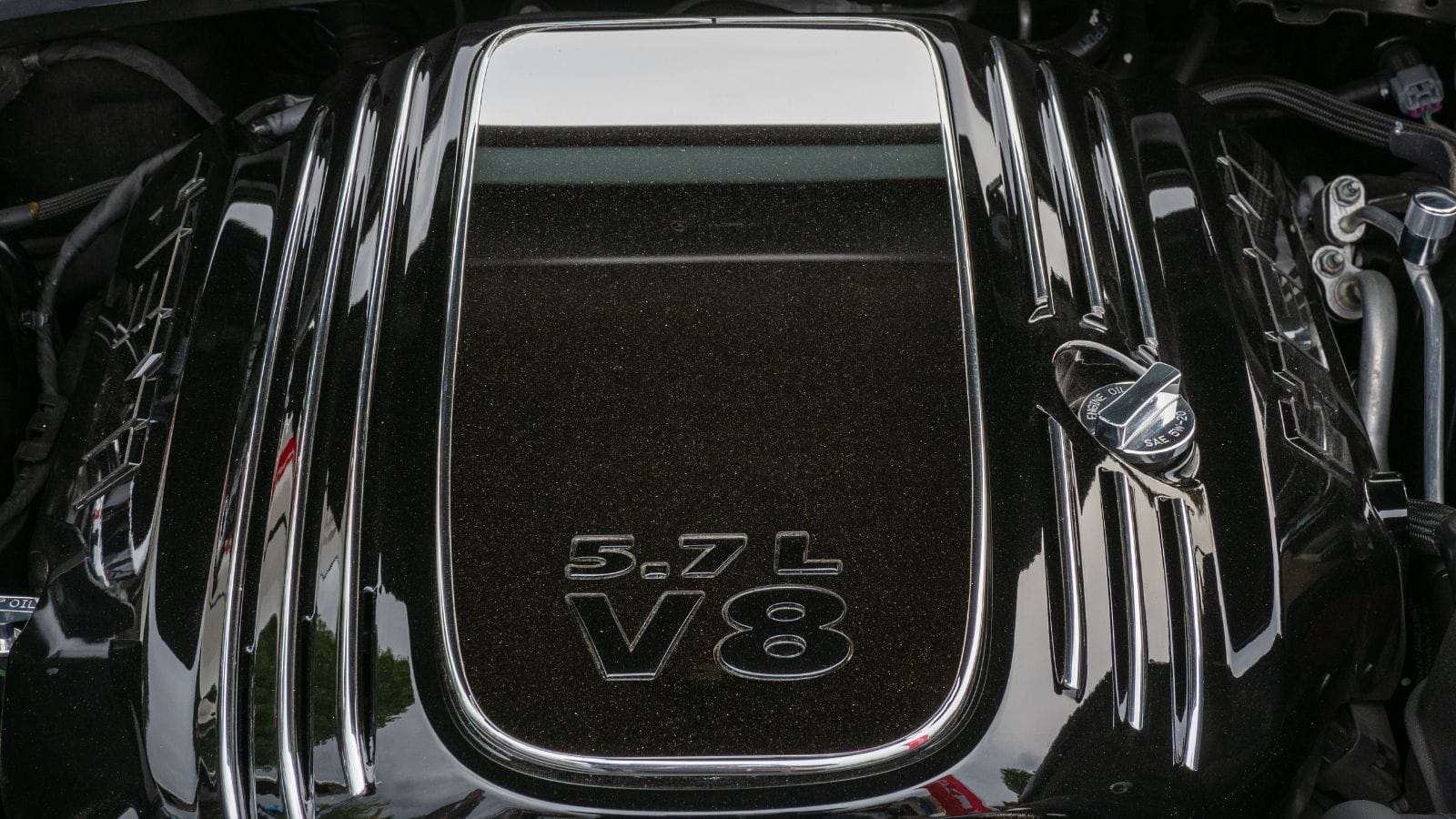
The modern HEMI carried forward the legacy of Mopar muscle, and its sound is one of pure aggression. It has a low, booming growl that shakes windows at idle and explodes into a ferocious bellow under load. The firing order and displacement combine to create a deep, unmistakable character that resonates with muscle car fans everywhere. In American car culture, the HEMI sound is still one of the most celebrated and feared.
Toyota 2000GT Inline Six
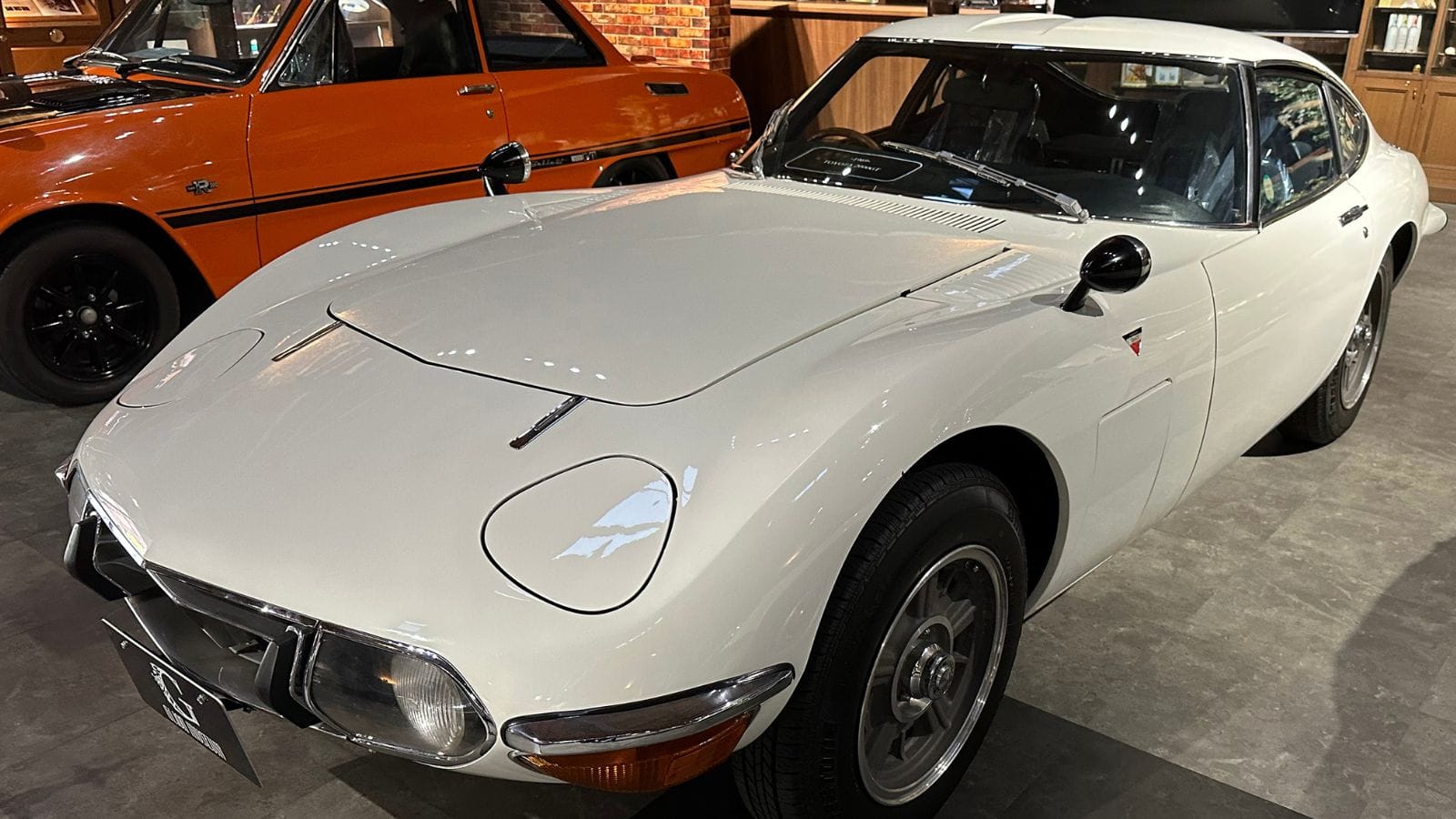
The Toyota 2000GT was Japan’s first true supercar, and its Yamaha tuned inline six gave it a soundtrack worthy of its beauty. The engine produced a crisp, high pitched growl that set it apart from the more subdued tones of other Japanese cars of the time. It gave the 2000GT an exotic flavor, a reminder that Japan could not only compete with Europe but do so with flair. The rarity of the car means few ever hear it in person, but recordings still highlight its hauntingly beautiful voice.
Pagani Zonda V12
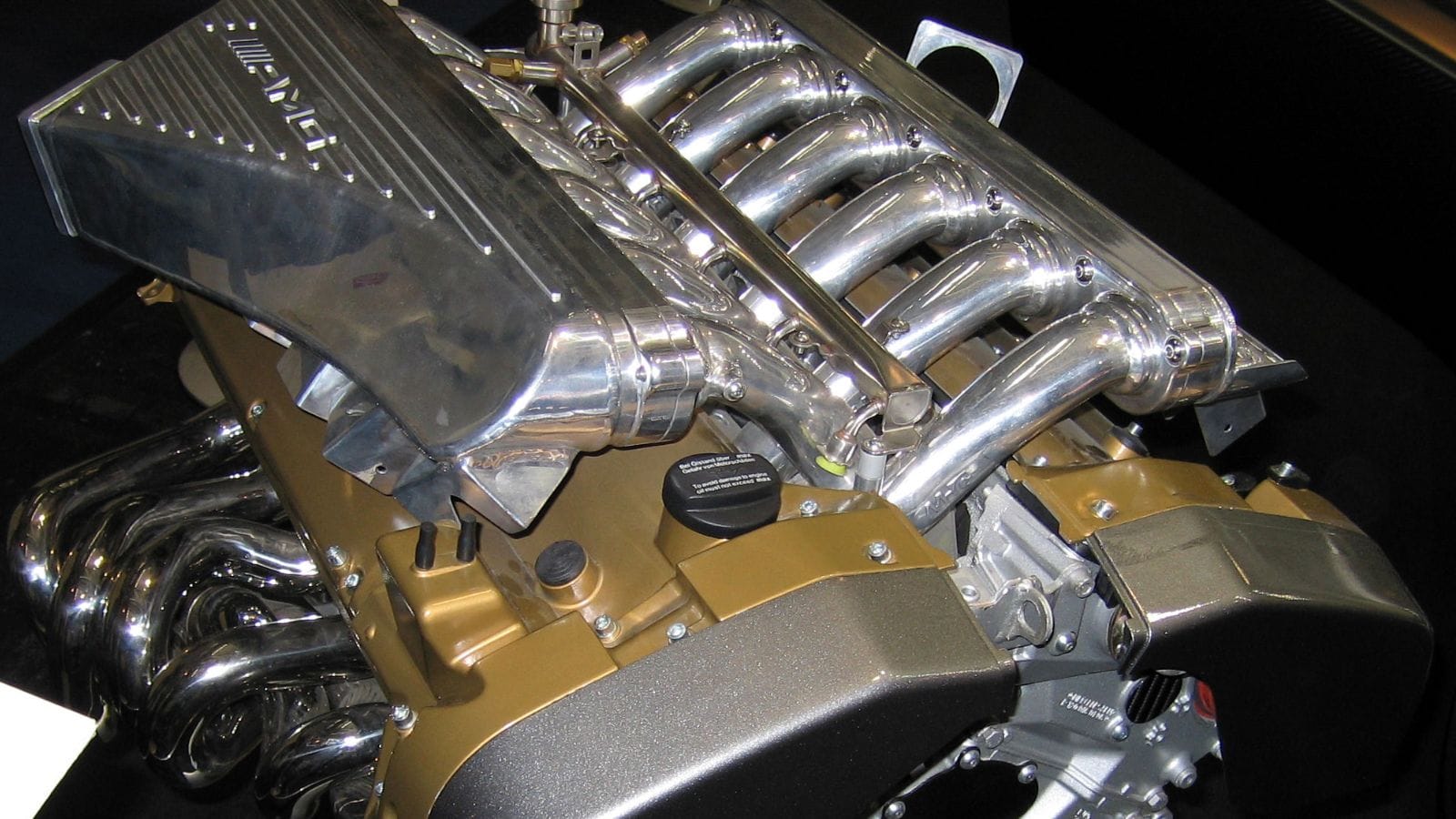
The Pagani Zonda took Mercedes’ naturally aspirated V12 and turned it into an instrument of pure chaos. With lightweight exhausts and minimal sound deadening, the Zonda screamed, wailed, and howled like no other road car. Its sound was raw and violent, yet musical, a combination that made it one of the most emotionally stirring cars ever built. Car enthusiasts often say you don’t just hear a Zonda—you feel it reverberate in your chest.
Nissan Skyline GT R RB26DETT
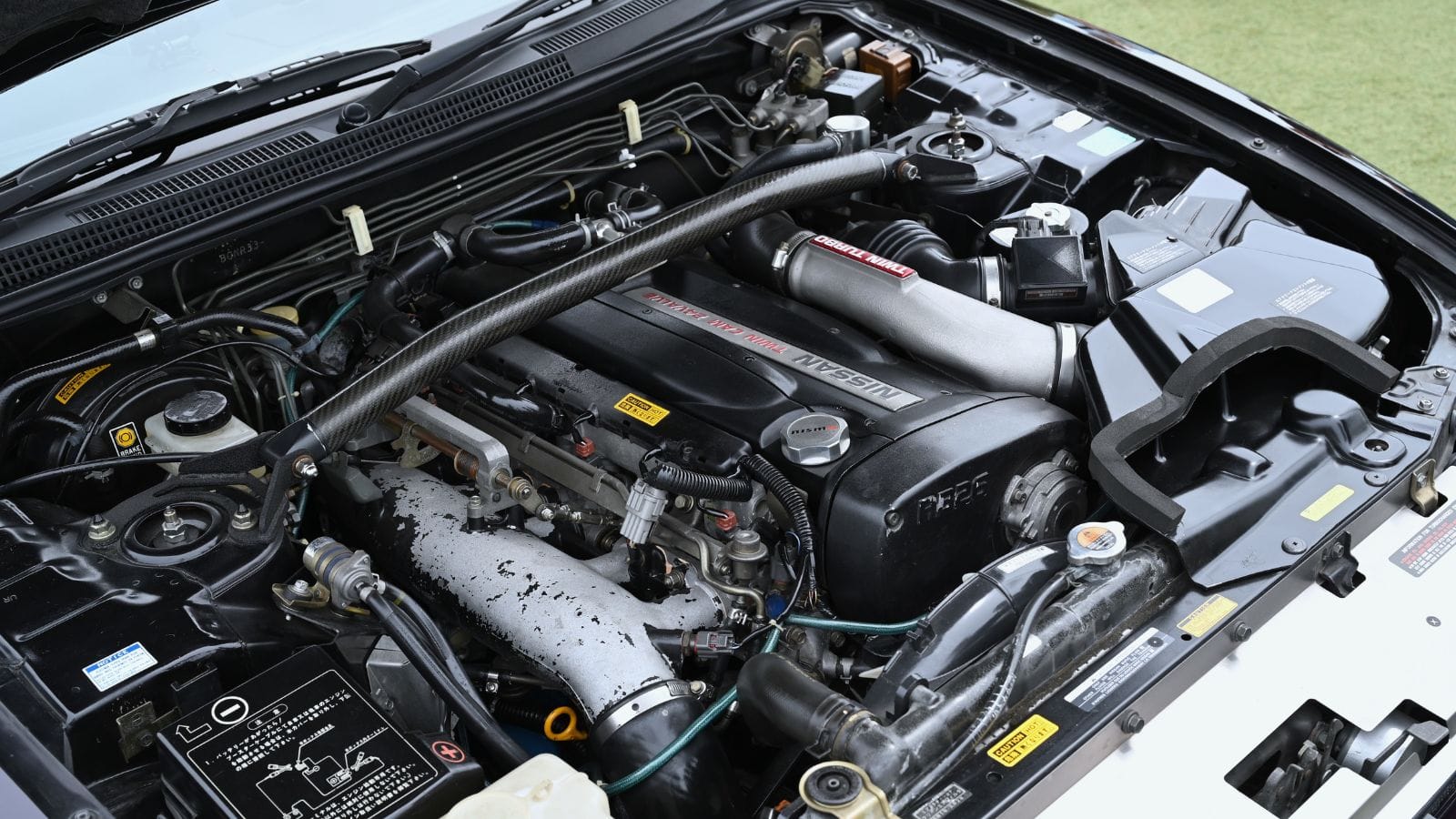
The Nissan RB26DETT became a legend not only for its performance but also for its sound. Its metallic rasp combined with the whistle of twin turbos to create a noise that was addictive. At full boost, the RB26 screamed with a mechanical ferocity that made it unmistakable. In the 1990s, its sound echoed across Japanese touge roads and racetracks, and today in North America it has become an icon among imported performance engines.
Alfa Romeo Busso V6
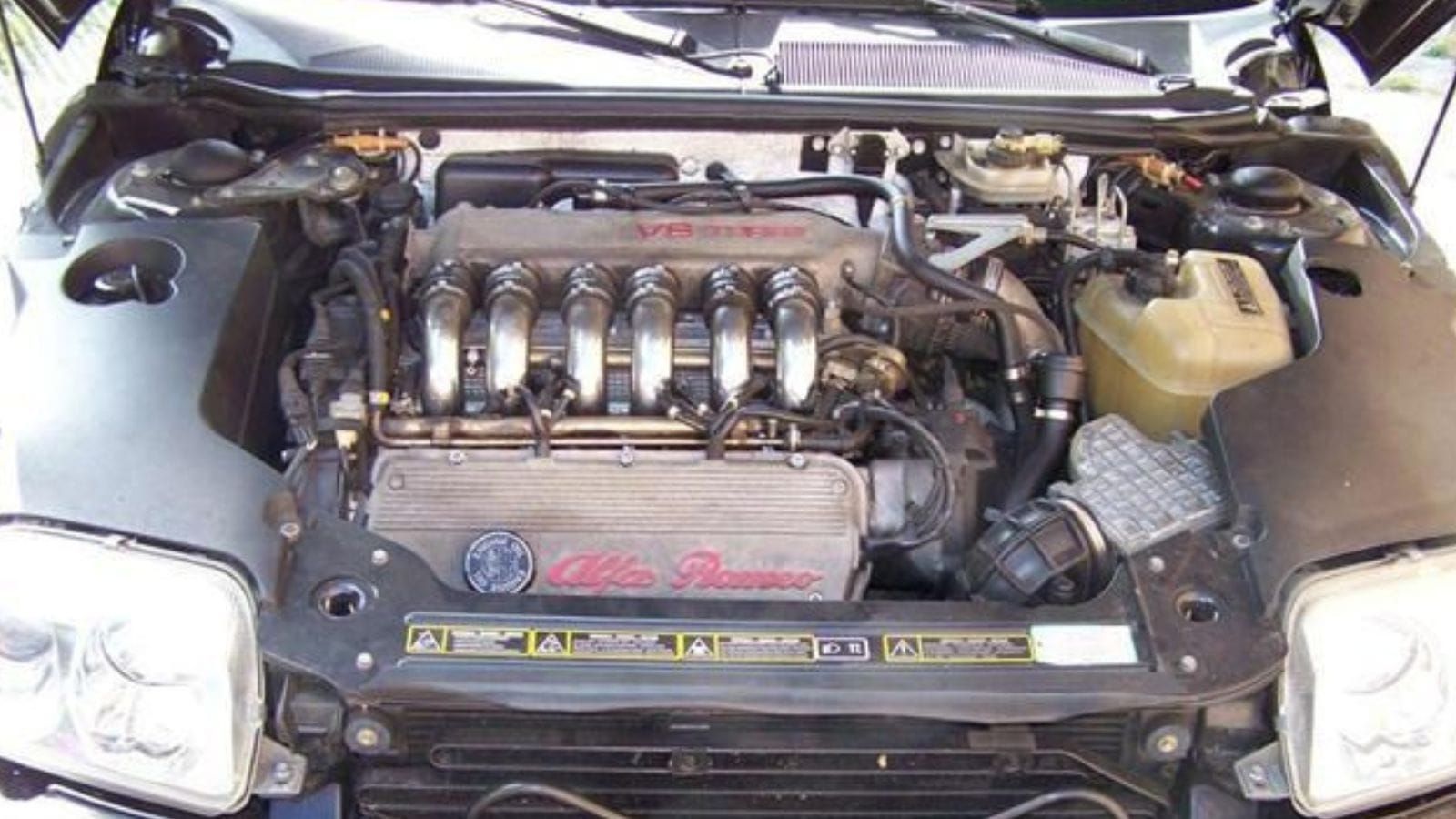
The Alfa Romeo Busso V6 is often described as the greatest sounding V6 ever made. Its intake roar blended with an exhaust growl that was uniquely Italian, full of character and passion. Even in modest Alfa sedans, the Busso made every drive an event, filling the cabin with music every time the throttle opened. Enthusiasts across the globe, including in North America, cherish this engine not for sheer power but for its unmatched voice.
Maserati Bora V8
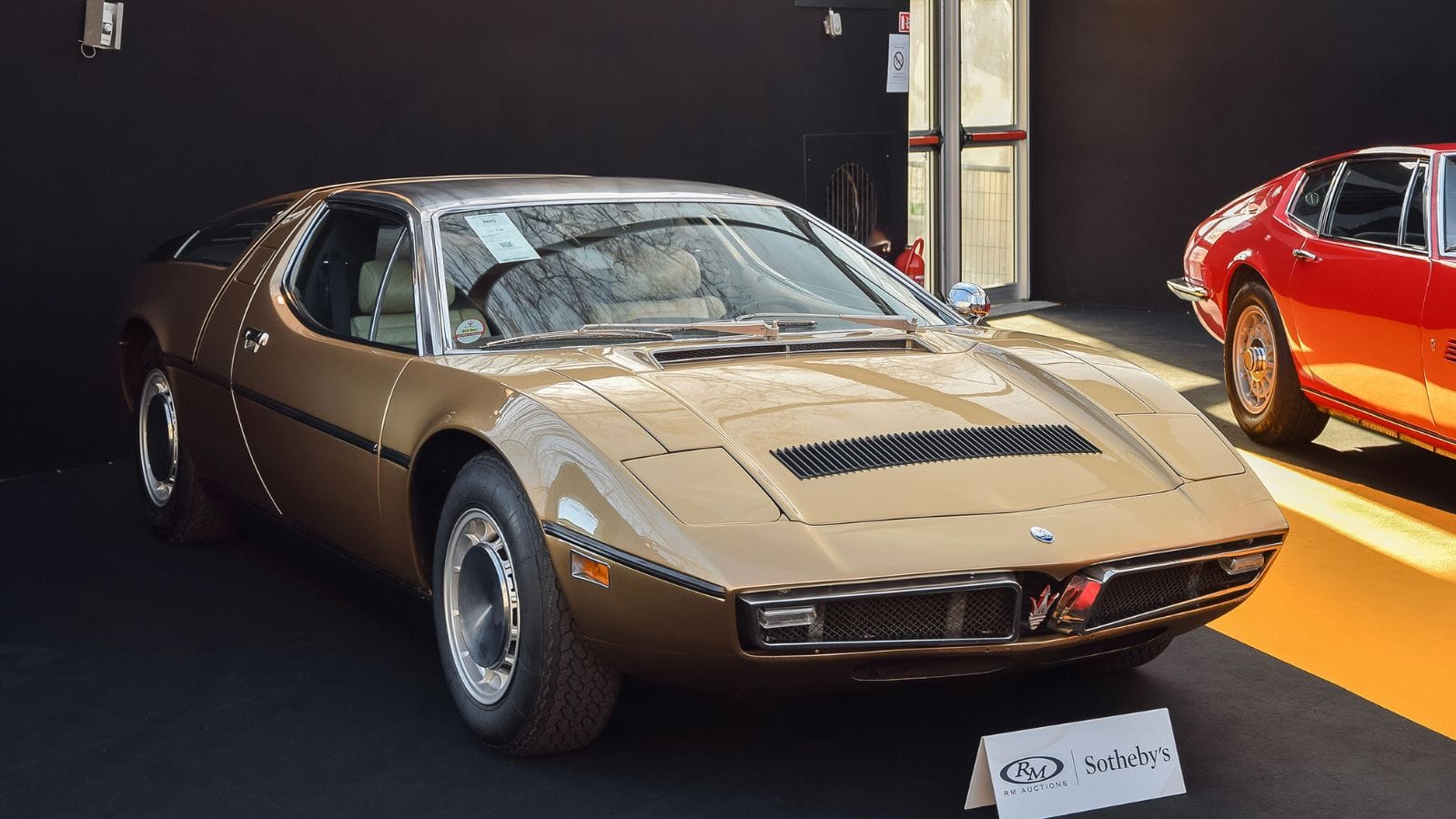
The Maserati Bora’s mid mounted V8 gave it a sound that was exotic and unrestrained. With its quad cam design and Italian tuning, it barked and wailed in a way that made it feel more like a racing car than a grand tourer. The Bora’s exhaust note was raw and metallic, a reminder that Maserati always did things with a touch of theater. In the 1970s, few cars could match its auditory drama, and it remains one of the most distinctive sounding V8s of all time.
25 Facts About Car Loans That Most Drivers Don’t Realize

Car loans are one of the most common ways people fund car purchases. Like any other kind of loan, car loans can have certain features that can be regarded as an advantage or a disadvantage to the borrower. Understanding all essential facts about car loans and how they work to ensure that you get the best deal for your financial situation is essential. Here are 25 shocking facts about car loans that most drivers don’t realize:
25 Facts About Car Loans That Most Drivers Don’t Realize
